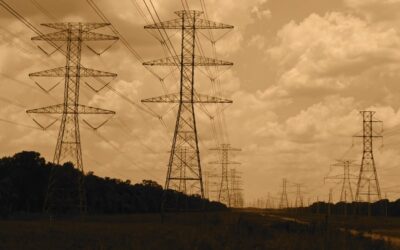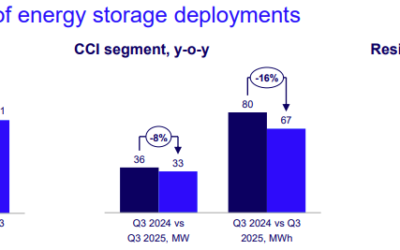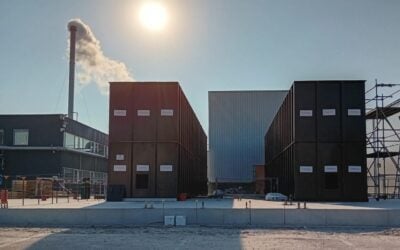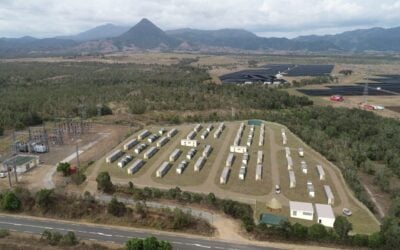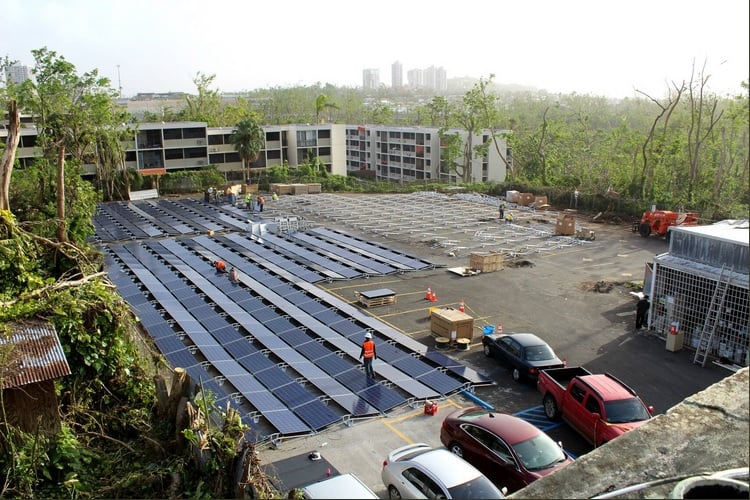
The US Department of Energy (DOE) has issued a loan of up to US$861.3 million to support 200MW of solar PV and 285MW/1,140MWh of battery energy storage system (BESS) projects in Puerto Rico.
The loan was issued by the DOE’s Loan Programs Office (LPO) to Clean Flexible Energy, LLC an indirectly-owned subsidiary of American utility AES Corporation and TotalEnergies Holdings USA, the regional branch of the French fossil fuel giant. The LPO provides loans to help deploy clean energy, transport and tribal energy projects in the US and its territories.
The projects themselves will comprise two utility-scale solar-plus-storage projects and two further standalone BESS projects located in the municipalities of Guayama and Salinas. Collectively, they are known as Project Maharu. The solar projects are projected to produce 460,000MWh of power annually.
The LPO said that the projects would help to support Puerto Rico’s grid reliability and energy security. In particular, it highlighted the role that BESS projects can play in maintaining power supply during extreme weather events; Puerto Rico’s power grid was severely affected by two hurricanes in 2017 and the country has since been hit with multiple earthquakes.
Try Premium for just $1
- Full premium access for the first month at only $1
- Converts to an annual rate after 30 days unless cancelled
- Cancel anytime during the trial period
Premium Benefits
- Expert industry analysis and interviews
- Digital access to PV Tech Power journal
- Exclusive event discounts
Or get the full Premium subscription right away
Or continue reading this article for free
Project Maharu falls under numerous DOE and Federal government initiatives. It is part of the Biden administration’s Justice40 Initiative, which requires that 40% of the benefits of federal financing, including LPO investments, end up with “disadvantaged” communities. Most of Puerto Rico falls into this bracket.
The project will also be funded by the Energy Infrastructure Reinvestment (EIR), which was created as part of the Inflation Reduction Act (IRA) to support the replacement, repowering and repurposing of energy infrastructure which has either ceased operations or can be replaced to reduce carbon emissions.
The LPO said that the projects will help the replacement of Puerto Rico’s coal-based energy infrastructure, which the company has committed to ceasing entirely by 2028 before reaching a 100% renewable energy mix by 2050.
Energy-storage.news published an interview with the Director of the LPO, Jigar Shah, in October last year, which explored how the organisation funds renewable energy projects (Premium access). Shah said that the LPO supports companies that have met the commercial criteria to apply for debt financing support, rather than “picking” the companies to back. Shah has overseen something of a “resurrection” of the LPO, which was largely dormant during the Trump administration.
To read the full version of this story, visit PV Tech.

